Thinking about renting a car for your Italian adventure? It’s a fantastic way to explore the country’s hidden gems and picturesque landscapes at your own pace. Renting a car in Italy allows you to visit charming villages, coastal towns, and rolling vineyards that might be hard to reach by public transport.
Italy’s diverse regions offer unique driving experiences. A rental car opens up possibilities, from winding roads along the Amalfi Coast to scenic routes through Tuscany’s hills. You can stop at quaint cafes, impromptu photo spots, and off-the-beaten-path attractions that catch your eye.
Remember that driving in Italy can be different from what you’re used to. Italian drivers have a reputation for assertiveness, and city centers can be tricky to navigate. But don’t let that discourage you – with some preparation and an adventurous spirit, you’ll be zipping around like a local in no time.
Key Takeaways
- Renting a car provides the freedom to explore Italy’s hidden gems and scenic routes.
- Driving in Italy requires adjusting to local habits and navigating city centers.
- Proper planning and research ensure a smooth and enjoyable Italian road trip experience.
Understanding Car Rental in Italy
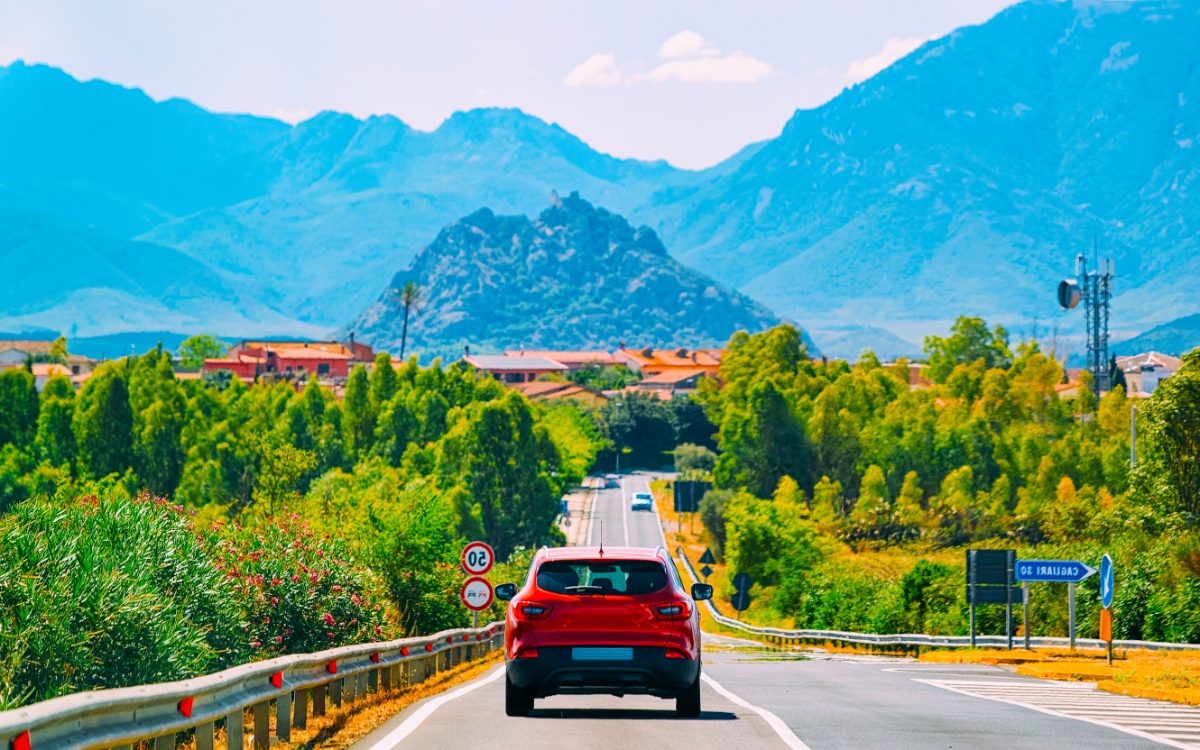
Renting a car in Italy opens up a world of possibilities for exploring this beautiful country. You’ll be free to discover charming villages, scenic coastal roads, and hidden gems off the beaten path. But it’s important to know the ins and outs of the Italian car rental market before you hit the road.
Car Rental Market Overview
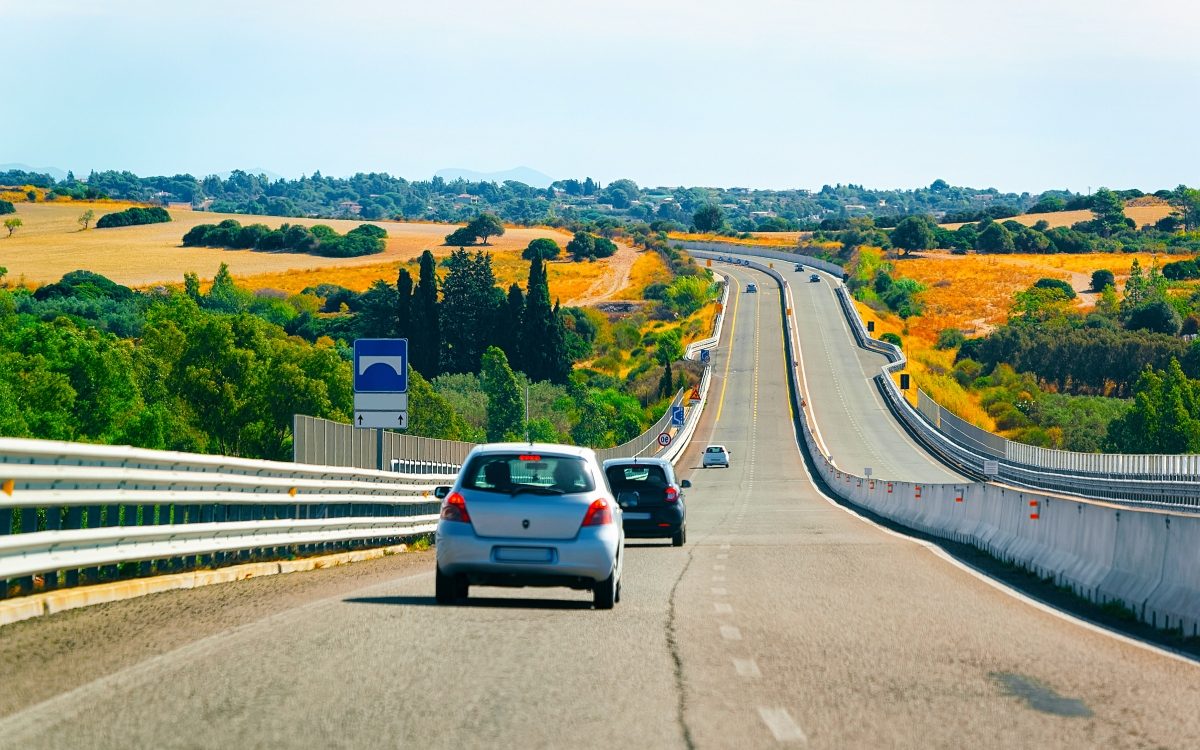
Italy’s car rental scene is bustling and competitive. You’ll find a mix of international brands and local companies vying for your business.
Prices can vary widely, so it pays to shop around. Most rentals come with a manual transmission, but you can request an automatic if you prefer – just be prepared to pay extra.
Peak season (June-August) sees higher rates and less availability. Book early to snag the best deals. Many companies offer one-way rentals between major cities, which can be handy for your itinerary.
Watch out for hidden fees. Some companies charge extra for young drivers or additional drivers. Always read the fine print!
Key Players in the Italian Car Rental Scene
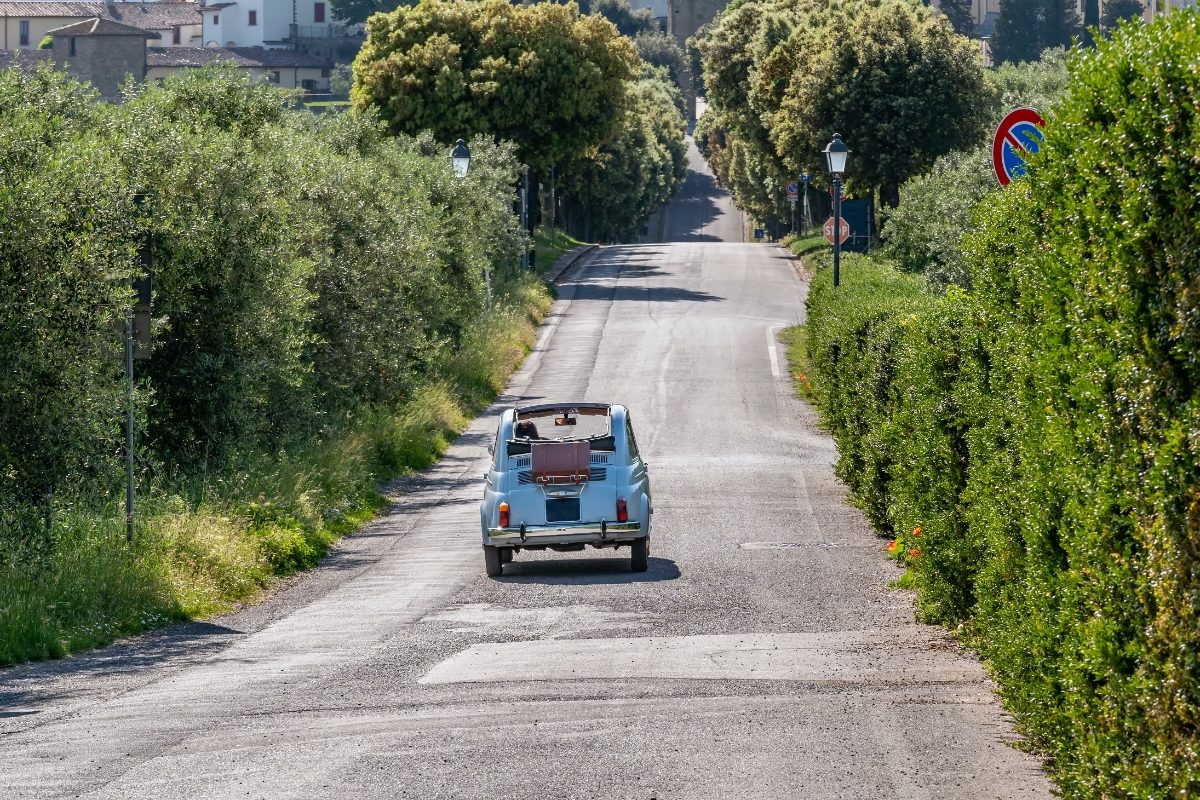
You’ll encounter big names like Europcar, Hertz, and Avis at major airports and train stations. These offer reliability and often have English-speaking staff. But don’t overlook local firms—they might offer better rates or more personalized service.
Europcar is a popular choice because of its wide selection of vehicles. It’s also known for its clear pricing and decent customer service. Local players like Maggiore and Locauto are worth checking out.
Insurance is a must when renting in Italy. Most companies offer basic coverage, but you might consider additional options like Collision Damage Waiver (CDW) and Theft Protection for peace of mind on those winding Tuscan roads.
1. Legal Requirements for Renting a Car
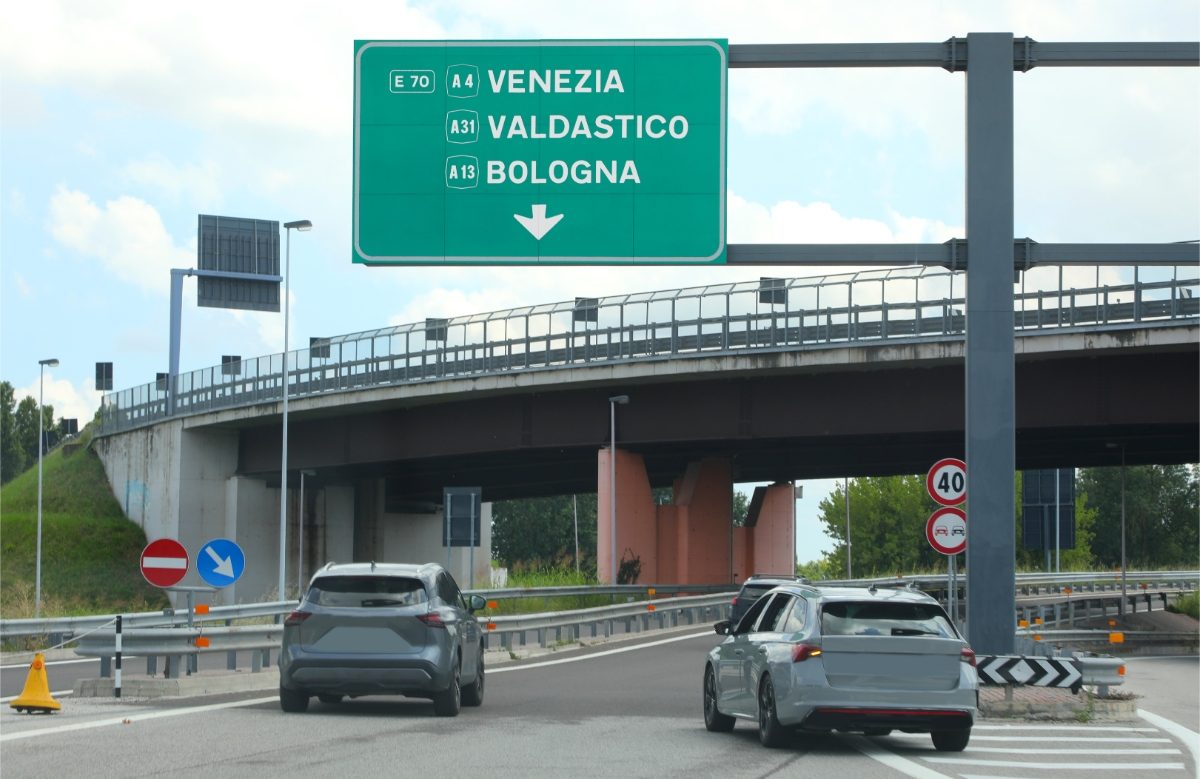
Renting a car in Italy comes with some important rules you need to know. Let’s look at what you’ll need for your license and permits to drive legally on Italian roads.
Driving License Specifications
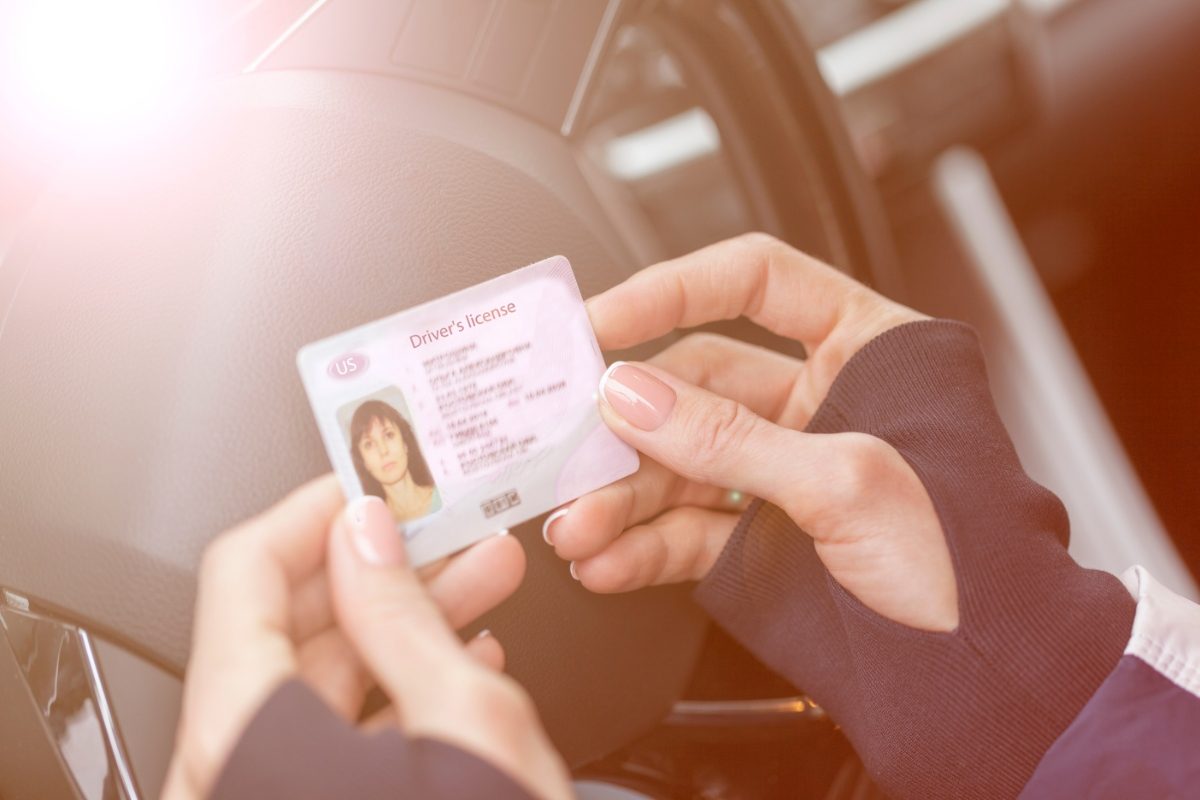
In Italy, you must be 18 to rent a car. However, many rental companies set the minimum age at 21 or 25. If you’re under 25, you might have to pay extra fees.
Your driver’s license needs to be valid for at least a year. EU licenses work fine in Italy. Your home country license is usually okay for non-EU visitors if it has your photo and is in the Roman alphabet.
Rental companies often ask for a credit card in the driver’s name. They might hold your card for a security deposit, so ensure your credit limit is sufficient. Some places accept debit cards, but it’s less common.
International Driving Permit
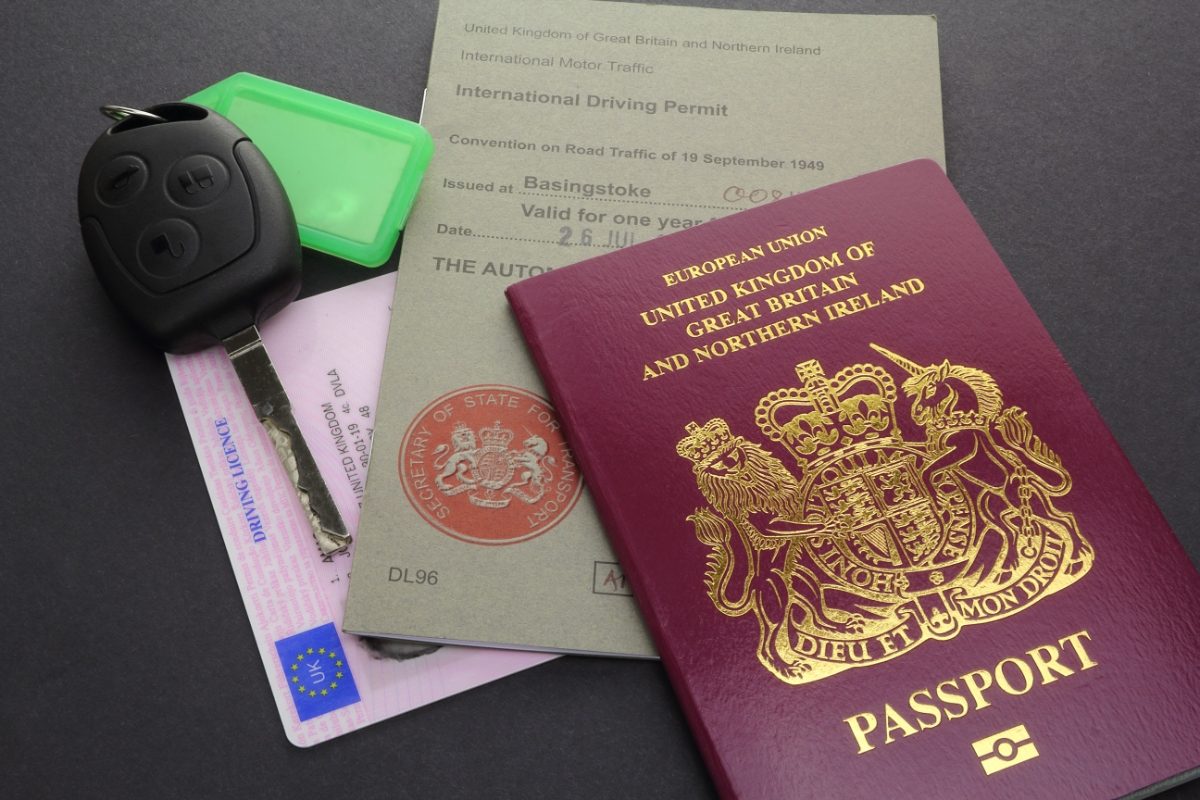
An International Driving Permit (IDP) is a good idea if you’re outside the EU. It’s not always required, but it can make things easier.
The IDP translates your license info into several languages, including Italian. You can get one from your home country before you travel.
In Italy, police might ask to see your home license and IDP. Without an IDP, you could face fines if stopped.
It’s a simple document that can save you headaches. Remember, an IDP isn’t a license on its own – you need your regular license, too.
2. Types of Vehicles and Pricing

When renting a car in Italy, you’ll find various options to suit your needs and budget. The type of vehicle you choose can make a big difference in your travel experience and costs.
Compact Cars Versus Luxury Options
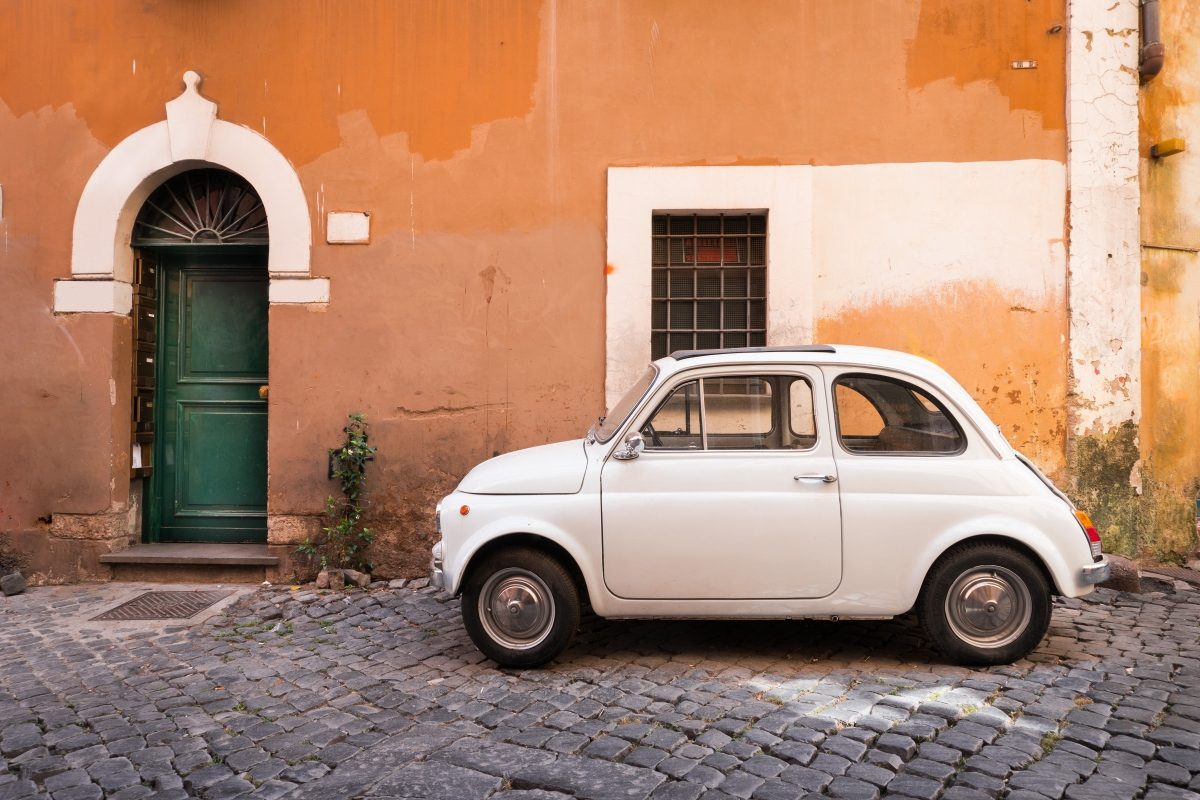
Compact cars are popular for Italy’s narrow streets and tight parking spots. You’ll see lots of Fiats and other small European models.
These zippy little cars are easy to maneuver and great on gas. Plus, they’re usually the cheapest to rent.
But if you’re after some Italian style, why not splurge on a luxury ride? Picture yourself cruising the Amalfi Coast in a sleek Alfa Romeo or sporty Maserati. Just be ready for higher rental fees and fuel costs.
Mid-size cars and minivans offer more space for families or groups. They’re comfy for long drives but can be tricky on winding roads or in old town centers.
Understanding Rental Car Prices
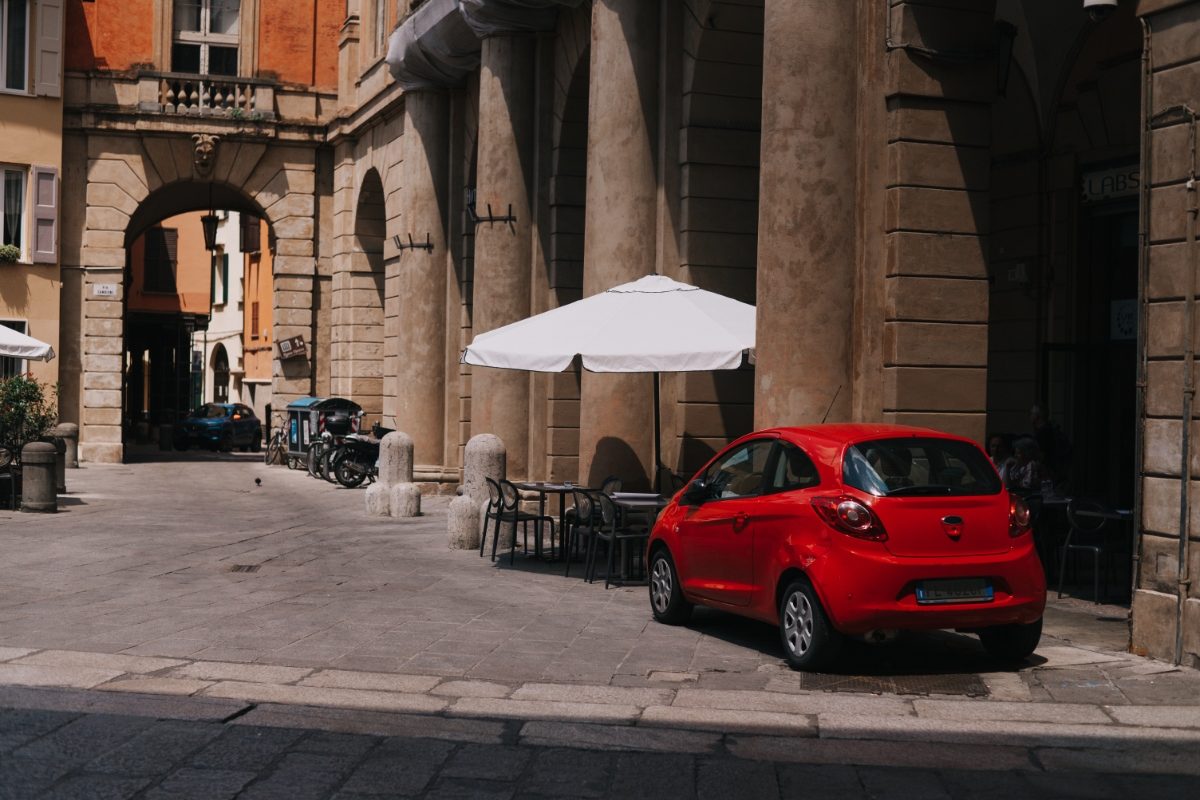
Rental car prices in Italy can vary a lot. In low season, you might snag a compact car for as little as €30 a day. But that car could cost €60 or more during summer or holidays.
Luxury cars and larger vehicles will cost more. A high-end model will cost at least €100 daily.
Here’s a quick price guide:
- Economy: €30-€90/day
- Mid-size: €50-€130/day
- Luxury: €100-€300+/day
Remember, these are just starting points. Prices change based on demand, location, and rental duration. Booking early often gets you better deals.
Watch out for extra fees, too. Insurance, additional drivers, and GPS can add up fast. Always read the fine print before you book!
See Related: How to get from Florence to Cinque Terre
3. Navigating Italian Roads and Routes
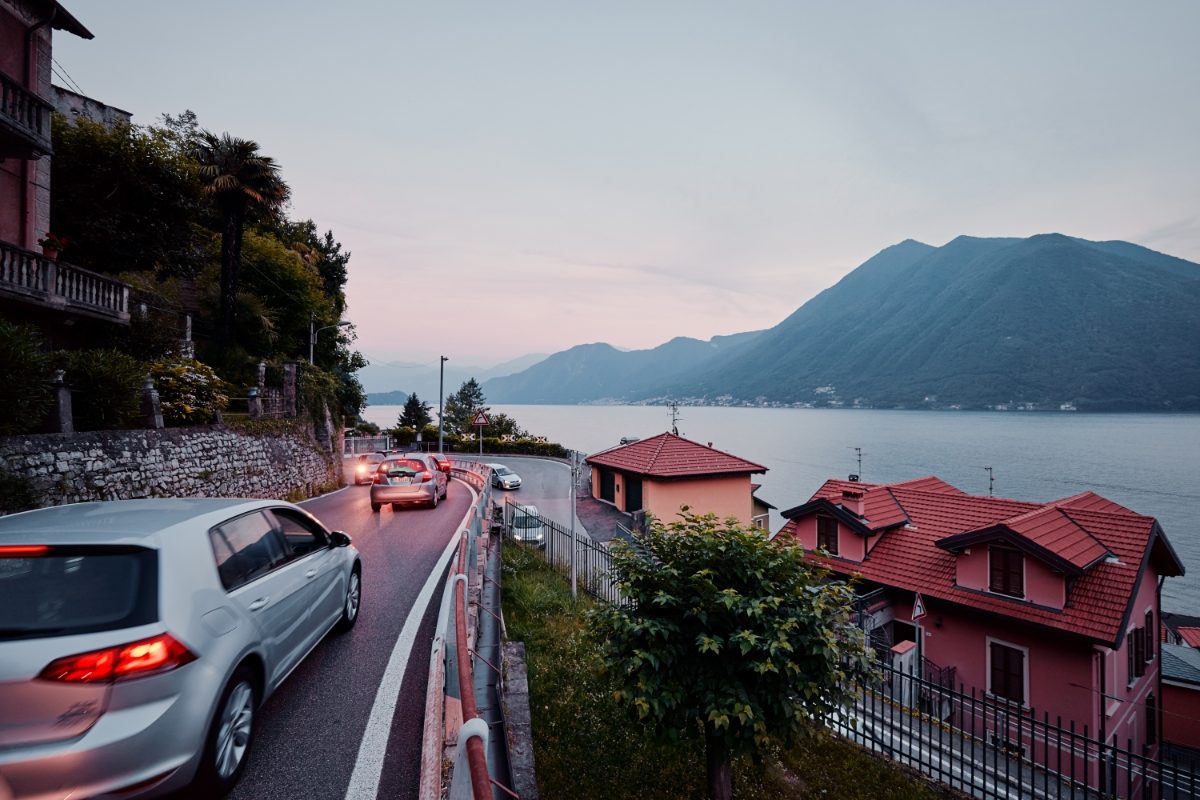
Driving in Italy can be an exciting adventure. Italian roads offer a mix of scenic routes and bustling city streets. Let’s explore some key things to know.
Common Italian Road Signs and What They Mean
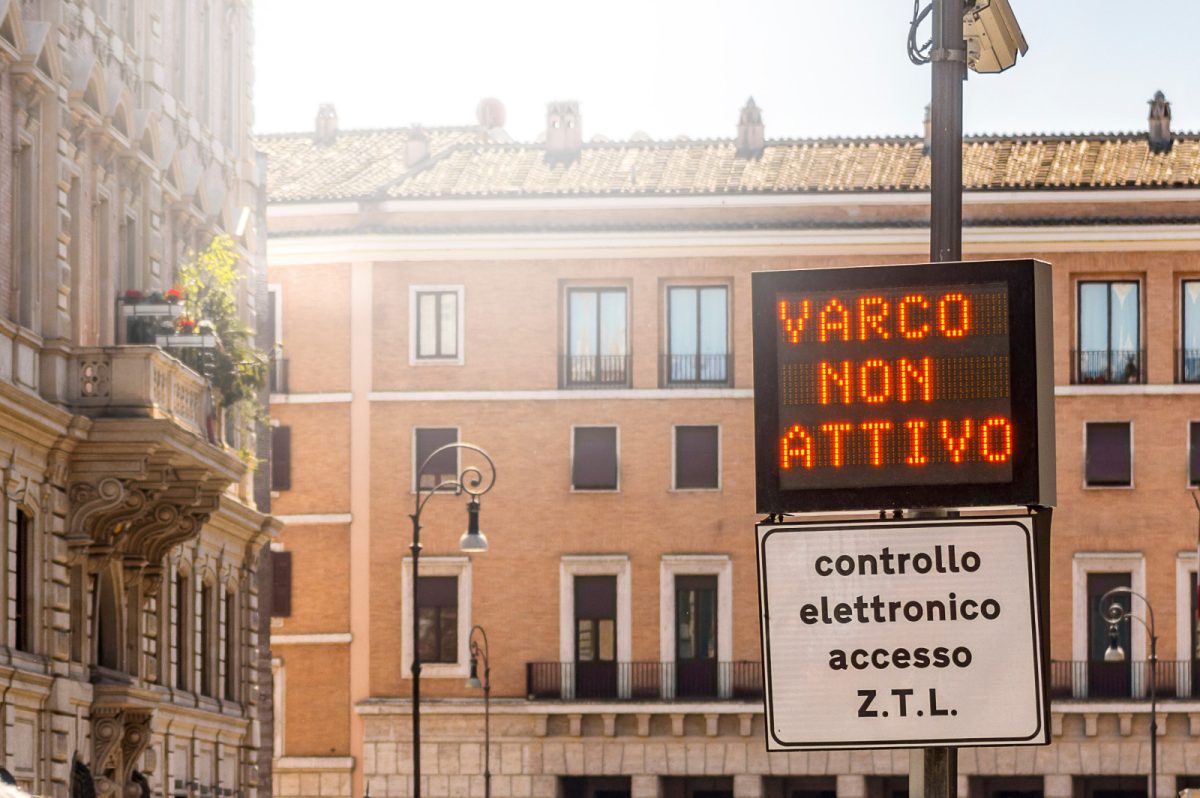
Italian road signs use symbols and colors to guide drivers. Red circles mean “no entry” or “prohibited.” Blue squares give info like parking or food. Triangle signs warn of dangers ahead.
Some key signs to watch for:
- ZTL (Zona Traffico Limitato): Restricted traffic zones in city centers
- STOP: Same as in English-speaking countries
- SENSO UNICO: One-way street
- PARCHEGGIO: Parking area
Pay attention to speed limit signs, too. They’re in kilometers per hour. The limit on highways is usually 130 km/h, and in cities, it’s often 50 km/h.
Parking Essentials in City Centers and Beyond
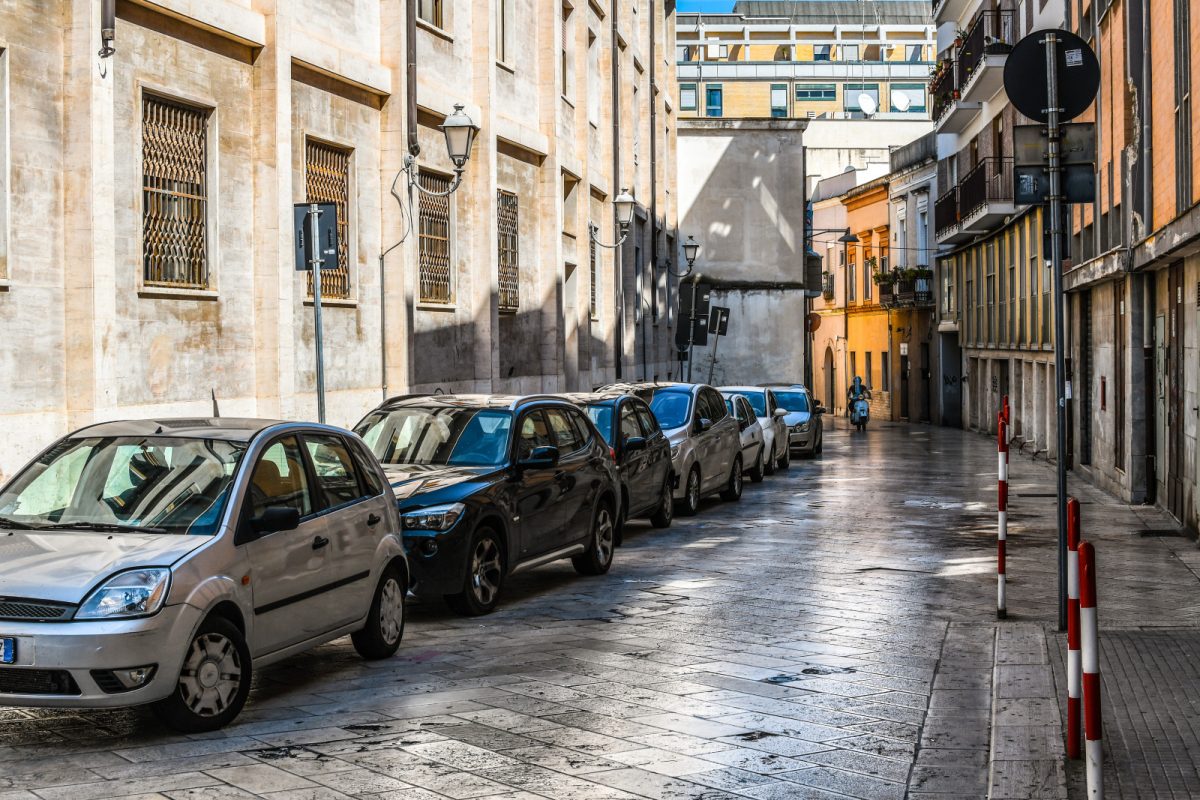
Finding parking in Italian cities can be tricky. Many have limited spaces.
Look for blue lines on the street for paid parking. White lines mean free parking, but time limits may apply.
In busy areas, parking garages are a good option. They’re safer and often cheaper for long stays. Some tips:
- Always lock your car
- Don’t leave valuables visible
- Keep your parking ticket with you
Parking is easier outside cities. Many towns have free lots near the center. Just watch for any time restrictions posted.
Remember, Italians often park creatively. You might see cars in tight spots or unusual angles. Don’t copy this – stick to marked spaces to avoid fines.
4. Regional Car Rental Insights
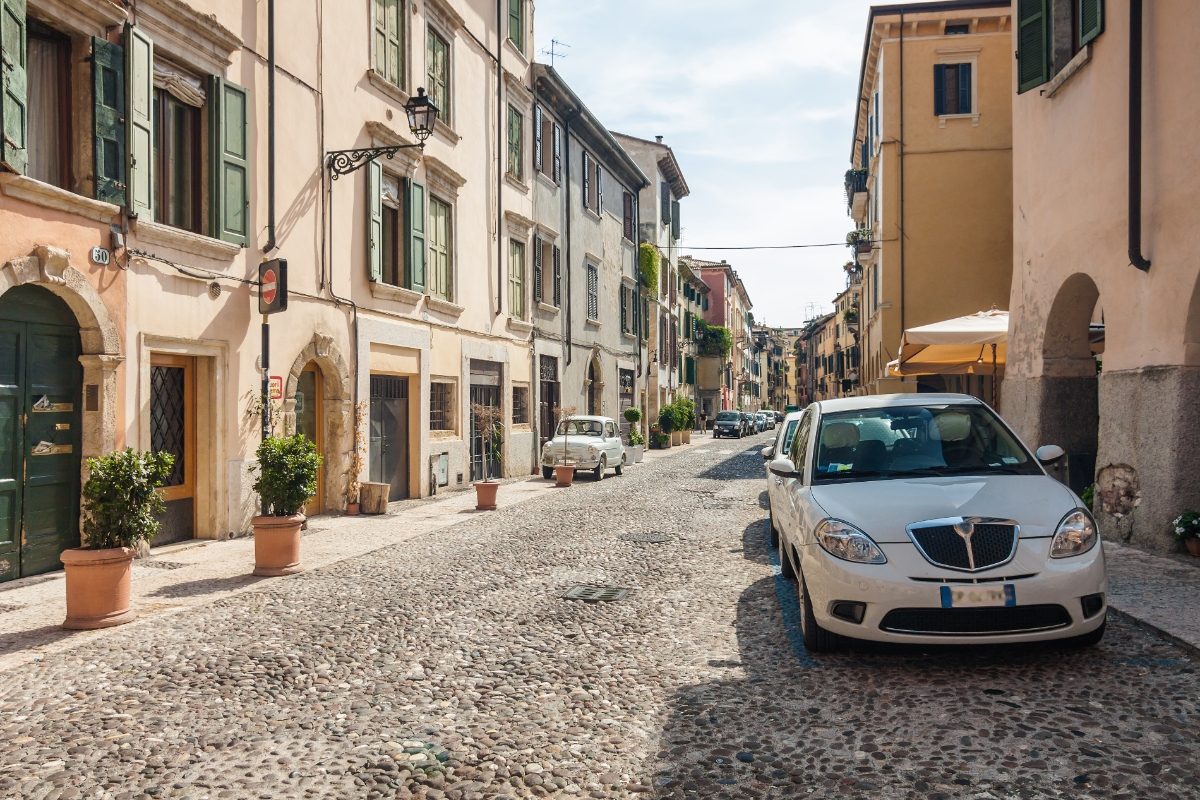
Italy’s diverse regions offer unique driving experiences. From winding Tuscan roads to Sicily’s coastal routes and Rome’s bustling streets, each area presents distinct challenges and rewards for car renters.
Tuscany: A Scenic Route to Remember
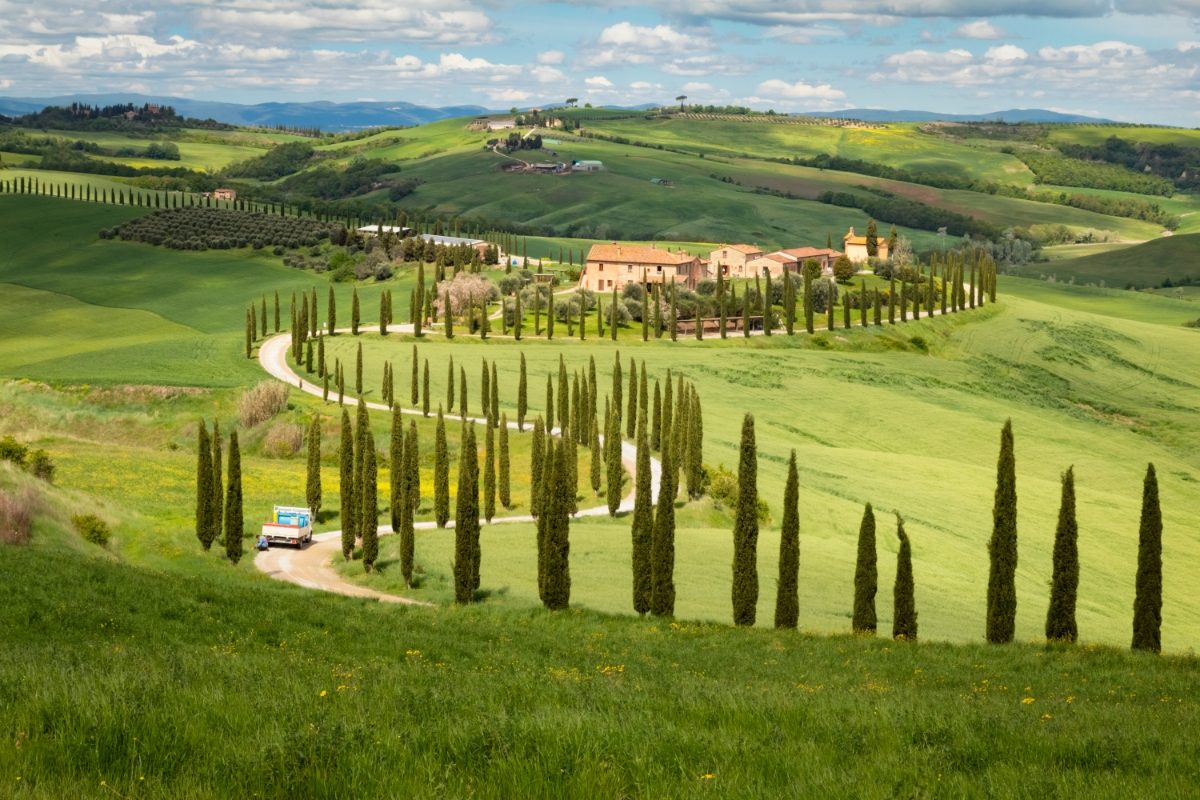
Renting a car in Tuscany opens up a world of picturesque landscapes and hidden gems. You’ll cruise along cypress-lined roads and rolling hills dotted with vineyards. Many rental companies offer pick-up locations in Florence or Pisa.
Pro tip: Opt for a smaller car to easily navigate narrow village streets. Stick to main roads when possible, as some rural routes can be rough.
Don’t miss the chance to explore charming hill towns like San Gimignano or Volterra. Remember to park outside city walls – many historic centers are off-limits to non-resident vehicles.
The Unique Driving Experience of Sicily
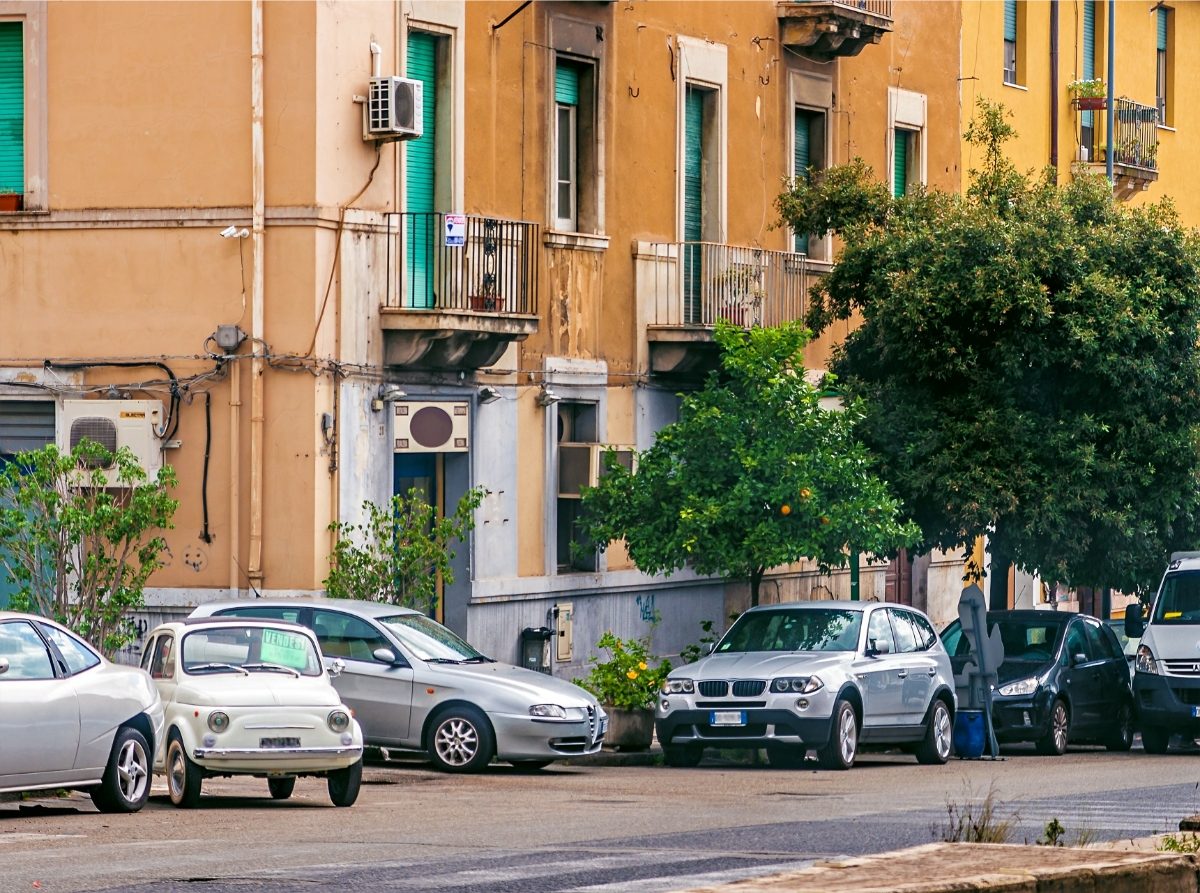
Sicily’s diverse terrain makes it perfect for a road trip adventure. You’ll encounter everything from coastal highways to winding mountain roads. Renting a car allows you to explore remote beaches and ancient ruins at your own pace.
Be prepared for some quirks:
- Aggressive driving is common
- Road signs can be confusing or missing
- Some rural roads are poorly maintained
Palermo and Catania airports offer the widest selection of rental cars. Consider renting a GPS or offline maps – cell service can be spotty in remote areas.
Must-see drives include the scenic route to Mount Etna and the coastal road to Taormina.
Navigating the Bustling Streets of Rome
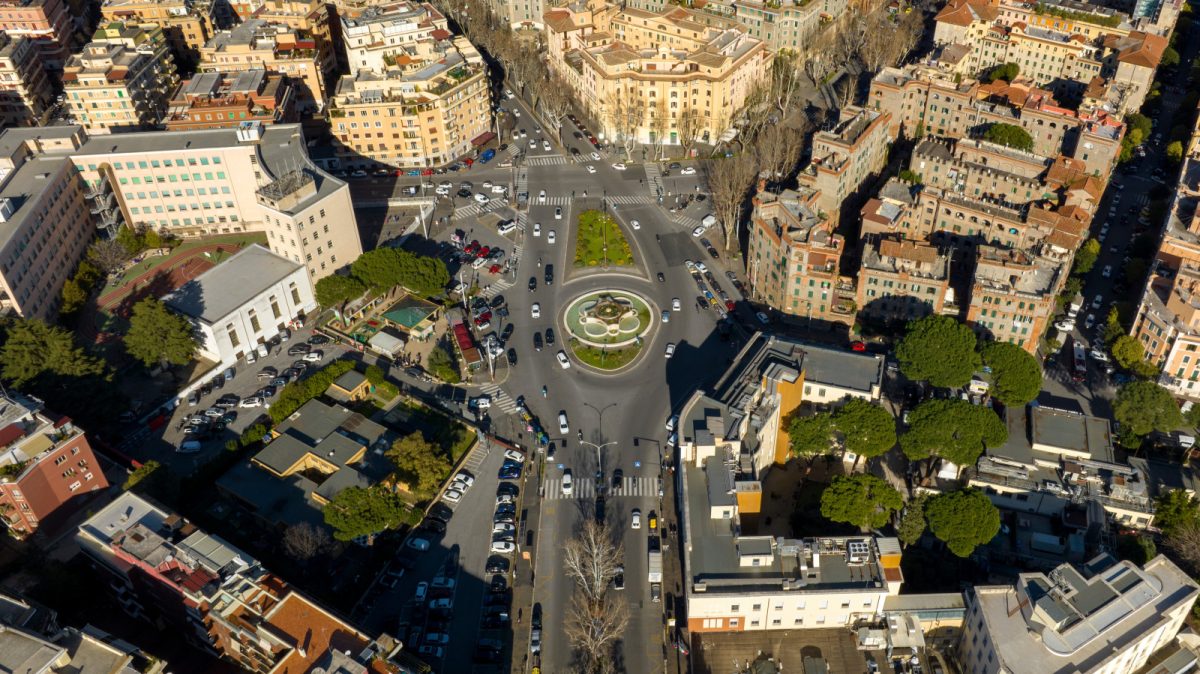
Renting a car in Rome itself isn’t recommended for most tourists. The city’s historic center is largely pedestrianized, and traffic can be chaotic. However, a car can be useful for day trips to nearby attractions like Tivoli or the Amalfi Coast.
If you do rent in Rome:
- Choose a compact car for easier parking
- Avoid driving during rush hours (8-9 AM and 5-7 PM)
- Be aware of ZTL zones (limited traffic areas) to avoid fines
Consider picking up your rental car as you leave Rome for other destinations. This way, you’ll skip the stress of city driving and start your road trip on a positive note.
See Related: When Is Best Time to Visit Italy?
5. Important Considerations Before You Rent
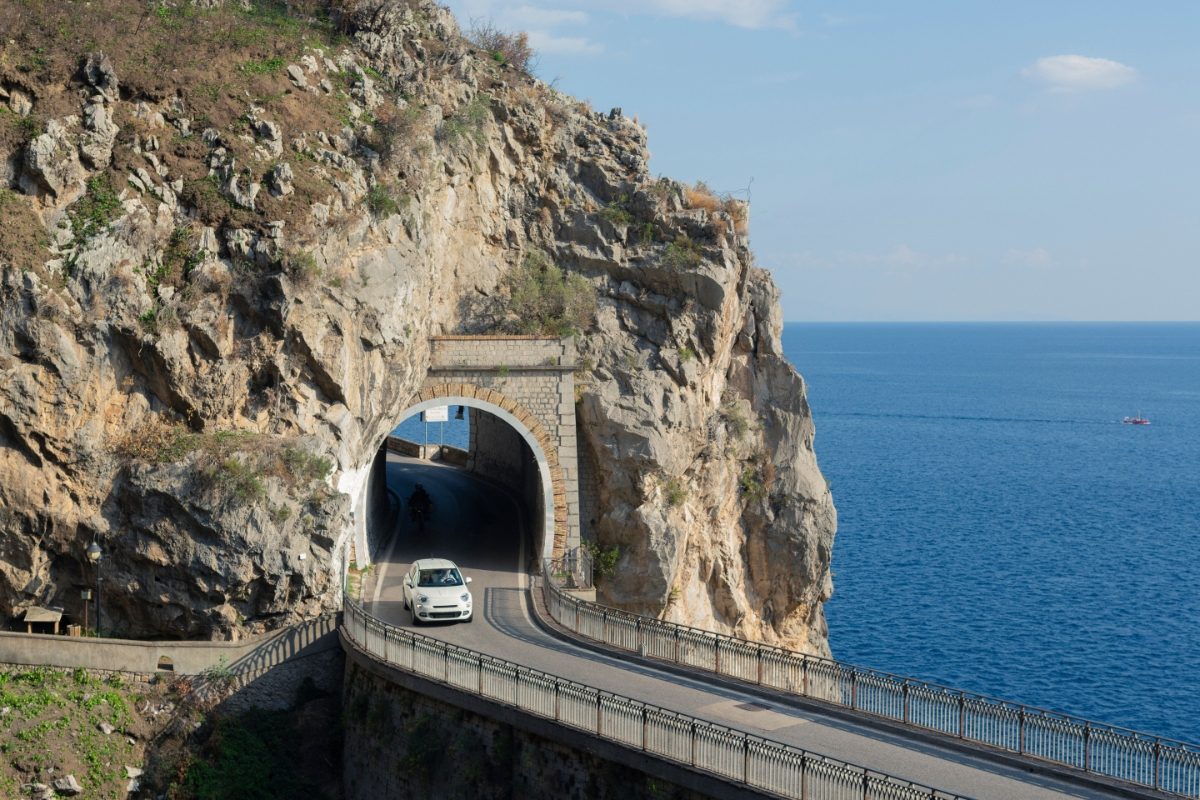
Consider a few key things before you grab those car keys in Italy. You’ll want to protect yourself financially and be flexible if your plans change.
Evaluating Insurance Options and Waivers
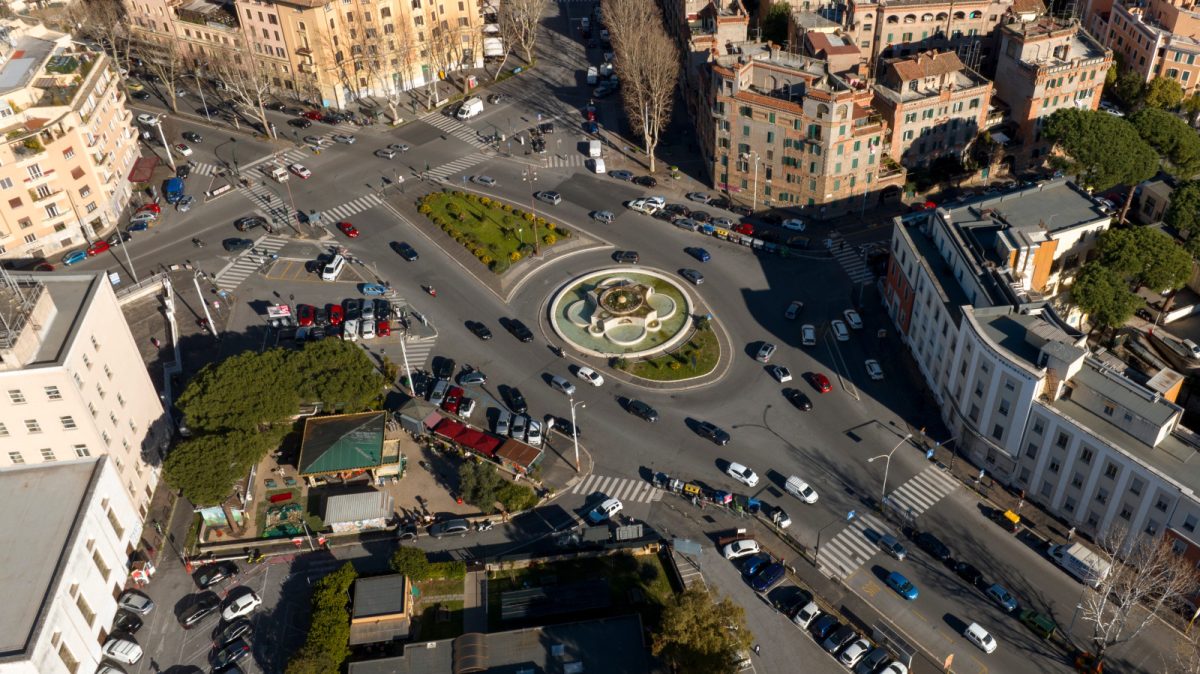
Car rental insurance in Italy can be tricky. Basic coverage is usually included, but it might not be enough.
Check what your credit card offers—some provide extra protection when you use them to rent. The collision damage waiver (CDW) is worth considering. It covers damage to your rental car, but watch out for the deductible—it can be high!
You might also want theft protection. Italy’s beautiful, but car theft can happen. Ask about personal accident insurance, too.
It covers medical costs if you get hurt while driving. Remember, these extras add up fast. Compare prices between rental companies to get the best deal.
Benefits of Free Cancellation Policies
Free cancellation is a lifesaver when you’re planning a trip to Italy. However, your plans might change—maybe you find out that the cute little town you wanted to visit is having a festival, and you want to stay longer.
Or maybe you decide to take the train instead. With free cancellation, you can change your mind without losing money.
Most rental companies offer free cancellation up to 48 hours before pickup. Some even let you cancel on the day! But be sure to read the fine print. Sometimes, there’s a small fee, or you might need to cancel several days in advance.
It’s worth paying a bit extra for this flexibility. You’ll have peace of mind knowing you’re not locked in if something comes up.
6. Renting a Car in Major Italian Cities

Renting a car in Italy’s big cities can be tricky. You’ll face busy streets and strict rules. But with some know-how, you can navigate urban driving and enjoy the freedom of your wheels.
Florence: Tips for Renters
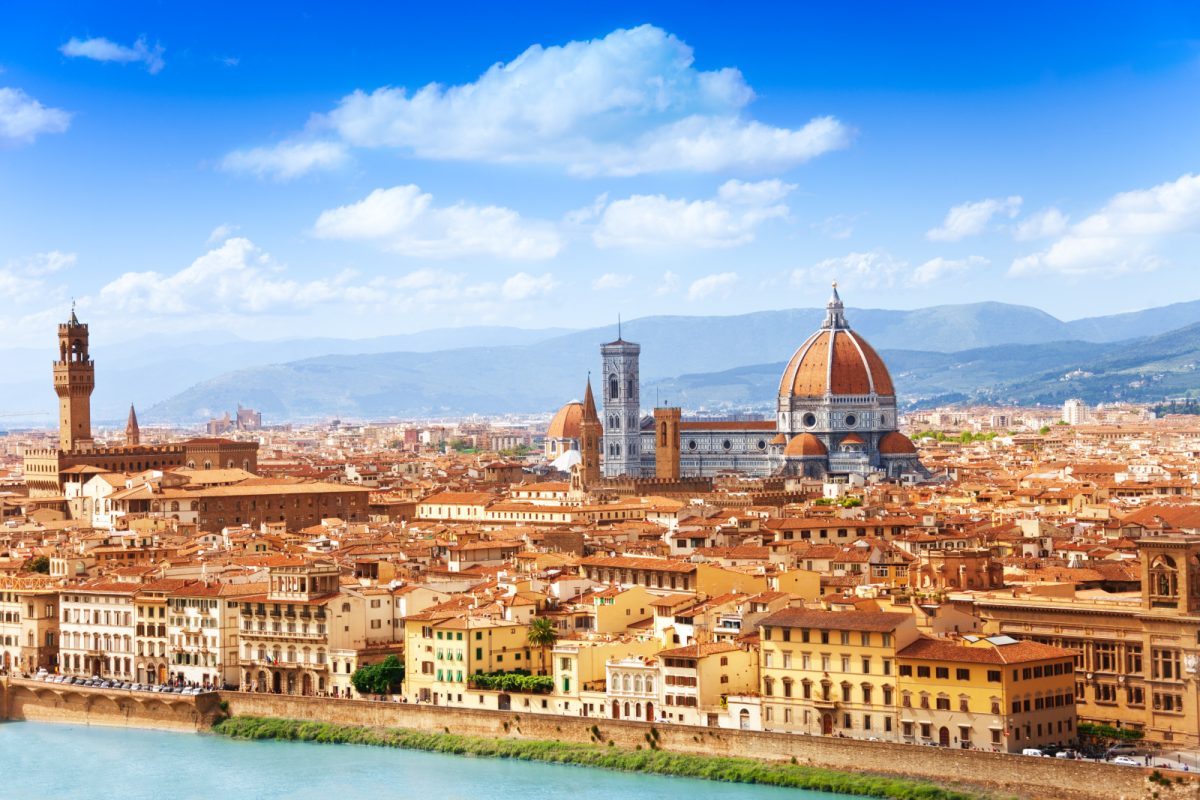
Florence’s narrow streets can be challenging to navigate. You’ll want to pick a compact car to squeeze through tight spots.
Watch out for the ZTL zones—most drivers are off-limits, and getting caught means a hefty fine.
Parking is tough, too. Look for ‘white lines’ on the street for free spots, but they’re rare.
Blue lines mean you pay. Garages are pricey but safer.
Pro tip: Grab your car when you’re ready to leave Florence. The train station has rental offices. You can explore the city on foot, then hit the Tuscan roads.
Exploring Milan via Rental Car
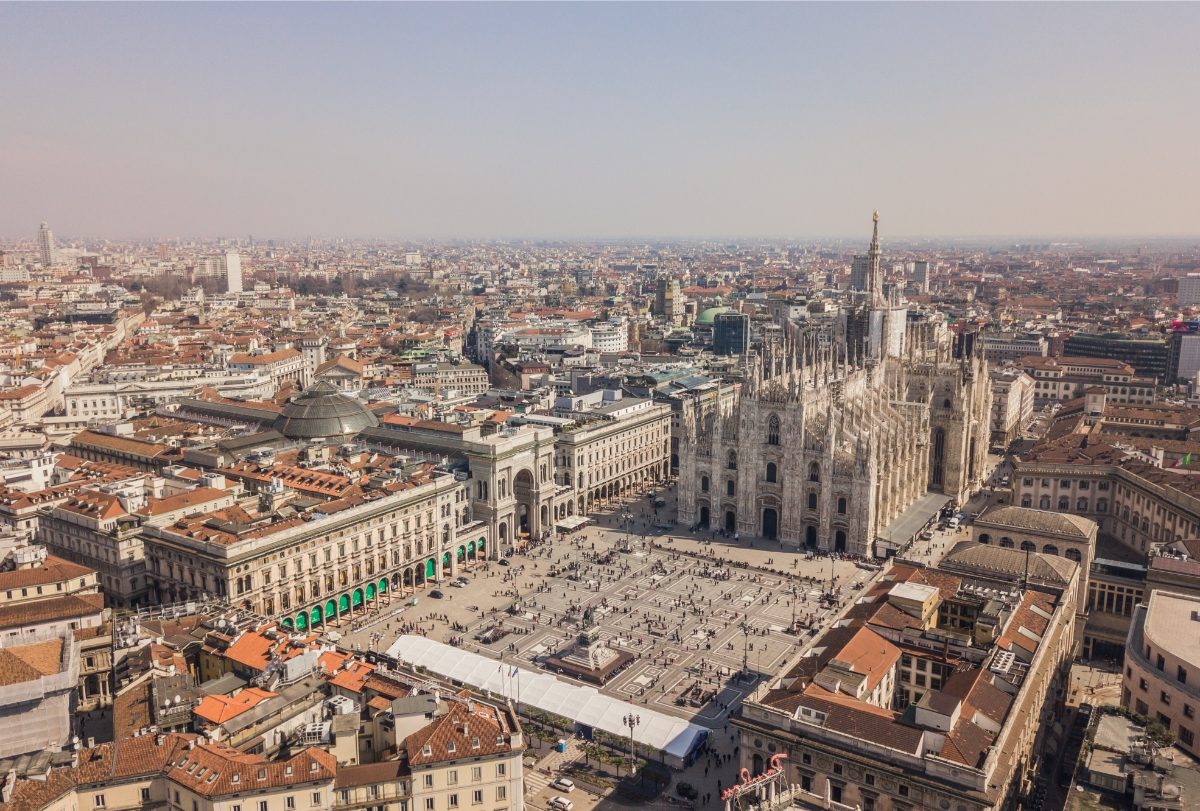
Milan is a bustling metropolis with decent roads. But traffic can be wild, especially during rush hour.
Stick to public transport in the city center. It’s faster and less stressful.
When you do drive, keep an eye out for trams. They have the right of way. And watch for cyclists – they’re everywhere!
Parking is a pain in Milan. Your best bet is to find a ‘park and ride’ on the outskirts.
Leave your car there and take the metro into town. It’ll save you time and money.
Remember, Milan has a congestion charge zone. You must buy a ticket to drive to the city center during work hours.
See Related: Getting From Rome to Amalfi Coast
Tips for a Hassle-Free Italian Car Rental Experience
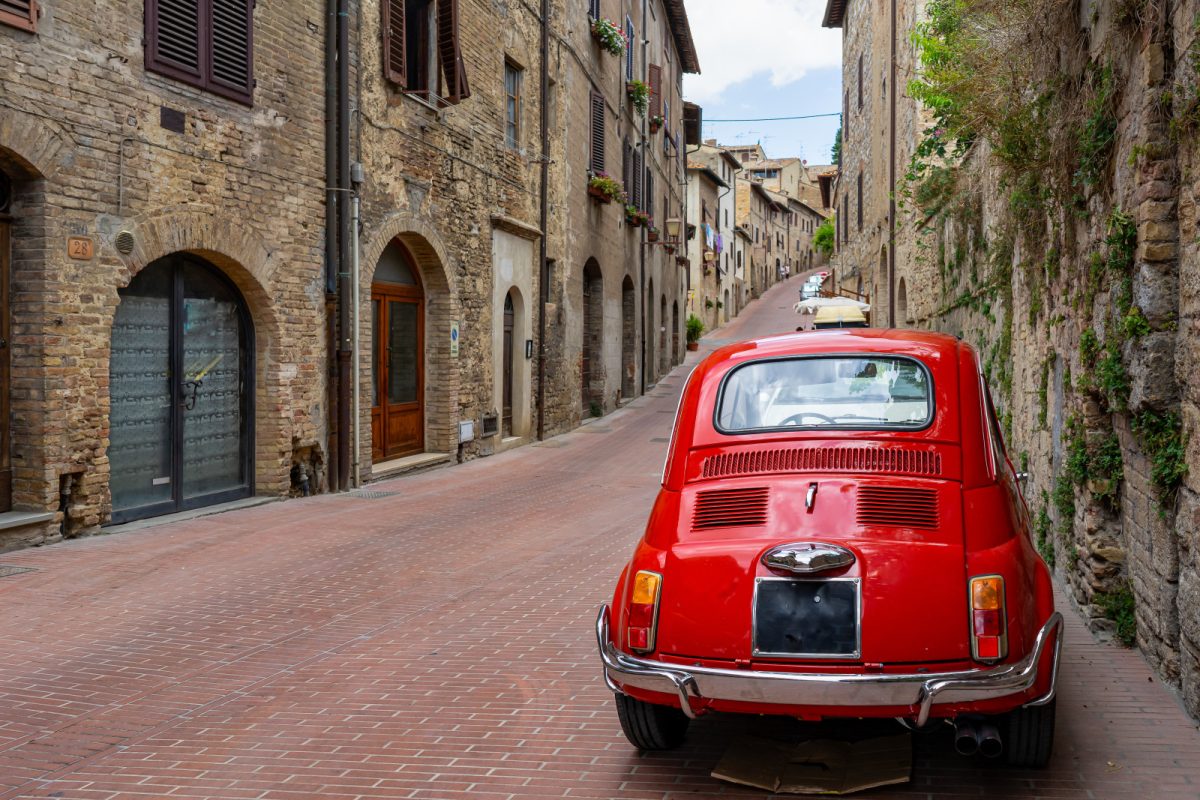
Renting a car in Italy can be your ticket to freedom on the open road. But it’s not always smooth sailing. Here are some tips to make your Italian road trip a breeze.
First things first, book your car early. Italy’s popular spots can run out of wheels fast, especially in summer. And don’t forget to snag that GPS – Italian roads can be tricky!
When you pick up your ride, snap some pics. Document any scratches or dents before you zoom off. Trust me, you’ll thank yourself later.
If you’re not comfortable with manuals, stick to automatics. Italian roads can be wild, and you don’t want to fumble with gears while navigating tight turns.
Got your heart set on exploring Puglia’s charming towns? A compact car is your best bet. Those narrow streets weren’t built for SUVs!
Planning to cruise through Palermo? Brace yourself for some… let’s call it “creative” driving. Stay alert, and don’t be shy with your horn.
Remember, most Italian city centers are off-limits to non-resident cars. Look for “ZTL” signs and steer clear, or you might get a fine.
Lastly, brush up on Italian road rules. Did you know you must always keep your headlights on, even during the day? Yep, it’s the law!
Frequently Asked Questions
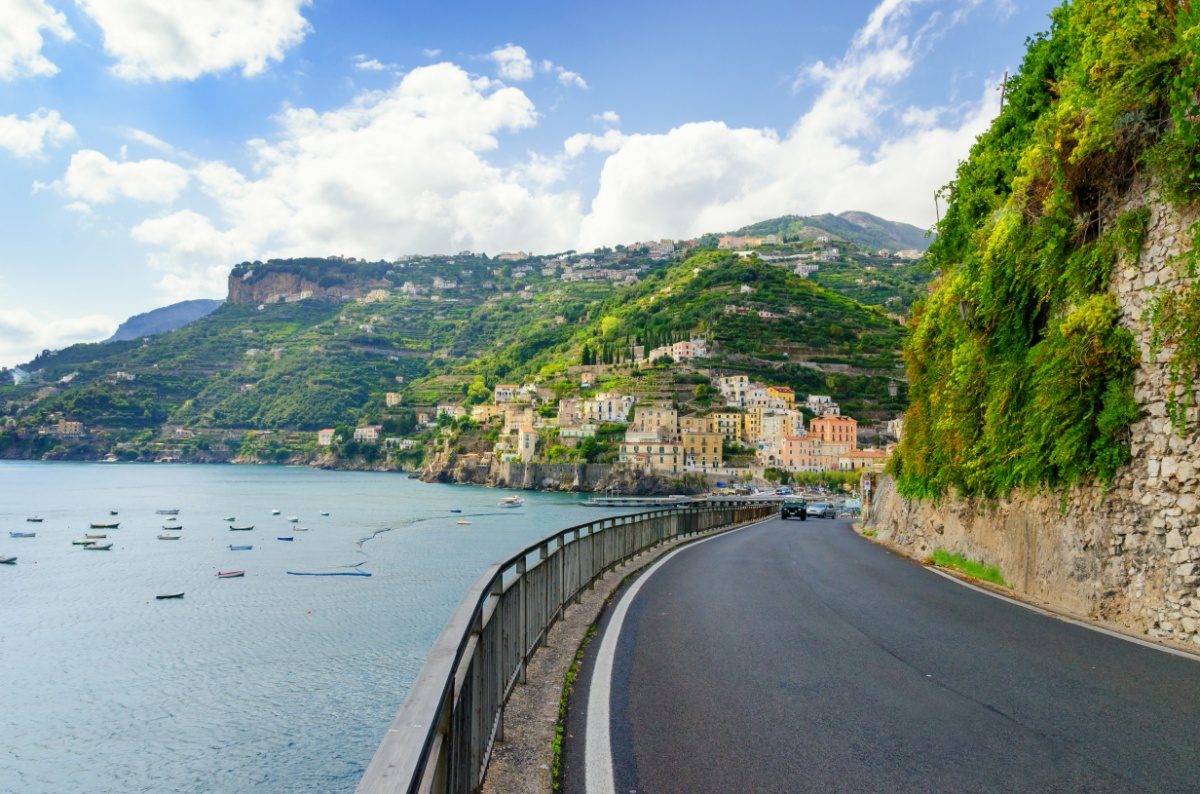
Renting a car in Italy can be a great way to explore the country at your own pace. Before hitting the road, let’s dive into some key things you need to know.
What are the requirements for renting a car in Italy?
You must be 21 years old to rent a car in Italy. Most companies also require you to have held your license for at least a year. Don’t forget to bring a valid driver’s license and a credit card in the renter’s name.
How does the cost of renting a car in Italy compare to other transportation options?
Renting a car can be pricier than taking trains or buses, especially when you factor in gas and parking costs. But it gives you more freedom to explore off-the-beaten-path spots. If you’re traveling with a group, splitting costs can make it more budget-friendly.
What type of insurance is necessary when renting a vehicle in Italy?
Basic insurance is usually included in your rental, but it’s smart to consider additional coverage. Collision Damage Waiver (CDW) and theft protection are worth looking into. They’ll give you peace of mind on those winding Italian roads.
What is the maximum age limit for renting a car in Italy?
Most rental companies in Italy don’t have an upper age limit. But if you’re over 70, you might need to pay a bit extra or show a clean driving record. It’s always best to check with your chosen rental company.
Can I use my US driver’s license to rent a car in Italy, or do I need an International Driving Permit?
You can use your US license, but getting an International Driving Permit (IDP) is a good idea. Some rental companies might ask for it, which can be handy if pulled over. Better safe than sorry!
What are the pros and cons of driving versus using trains in Italy?
Driving allows you to explore charming villages and scenic routes at your own pace. It’s great for reaching rural areas where trains don’t go. However, city driving can be stressful, and parking is often a headache.
Trains are comfy and fast between major cities. You can relax and enjoy the scenery without worrying about navigation.
They’re usually cheaper, too. But you might miss out on those hidden gems off the main tourist track.

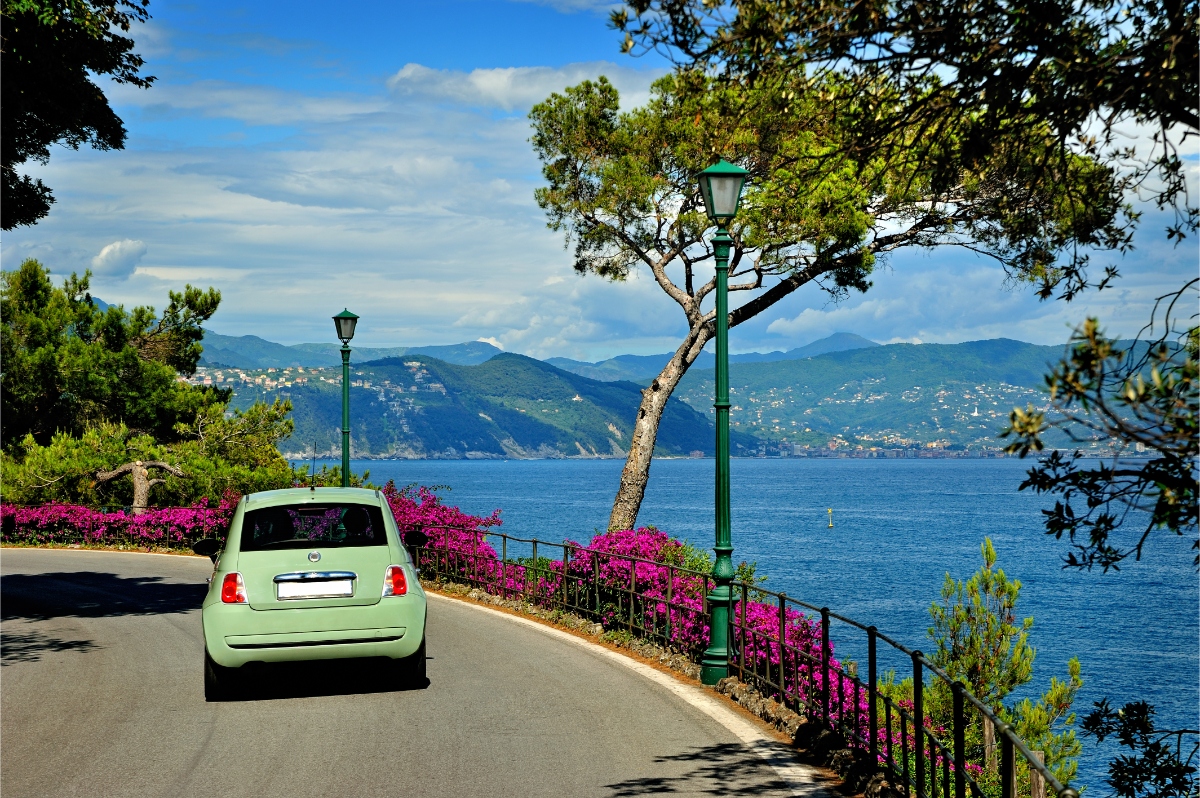
0 Comment